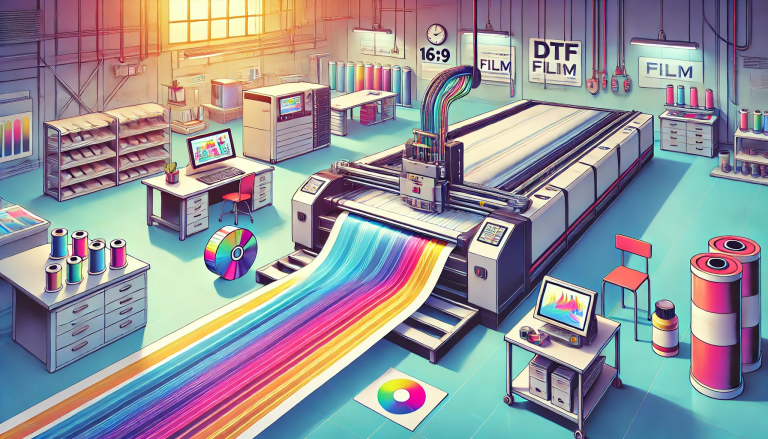“What Does “Transfer Directly from DTG Printer” Mean?” -MAXDTF- UV DTF transfer Decal Wholesale, UV DTF Adhesive Transfer Paper Manufacturer, Made in China
Printing technology has evolved rapidly over the past few decades, allowing businesses and consumers to create unique, custom designs with ease. One of the prominent advancements in this field is Direct-to-Garment (DTG) printing. When we discuss transferring “directly from a DTG printer”, it might raise questions about the process and its implications. Let’s delve deep into this fascinating topic.
1. Understanding Direct-to-Garment (DTG) Printing
DTG printing is a process in which a printer applies ink directly onto a garment, such as a t-shirt, without the need for screens or transfers. Unlike traditional screen printing, which requires individual screens for different colors, DTG printers can recreate complex, multicolored designs in a single pass.
2. The “Transfer” in Traditional Printing Methods
Before DTG’s widespread adoption, many custom shirt designs were created using transfer methods. A design would be printed onto a transfer paper and then applied to the garment using heat. This heat would transfer the design from the paper onto the clothing. This method, though effective, could sometimes result in designs that felt heavy or rubbery to the touch.
3. Direct Transfer with DTG
When we talk about “transfer directly from DTG printer”, it signifies the elimination of the intermediary transfer paper step. Instead, the design is printed directly onto the garment. The ink is applied layer by layer and absorbed by the fibers of the clothing, resulting in a more integrated and natural feel.
4. Advantages of Direct Transfer from DTG
- High-resolution Designs: With DTG, designs can be of much higher resolution than with traditional methods. This makes it perfect for intricate and detailed artworks.
- Quick Turnaround: No need for preparing screens means faster preparation and printing times.
- Cost-Efficient for Small Batches: Since there’s no need for screen setups, DTG is ideal for small, custom orders.
- Soft Feel: Designs printed via DTG typically have a softer feel compared to heat transfers or screen printing.
5. Considerations for DTG Printing
While DTG offers numerous advantages, it’s also essential to note some of its considerations:
- Fabric Type: DTG is best suited for 100% cotton garments. While it can be used on blends, the results might vary.
- Ink Durability: While DTG prints can last a long time with proper care, they may not be as durable as some other methods in high-abrasion situations.
- Pretreatment: Some garments require a pretreatment spray before DTG printing to ensure ink adhesion and vibrancy.
Conclusion
The world of garment printing is vast and varied. As technology advances, methods like Direct-to-Garment printing offer more opportunities for creatives and businesses to produce high-quality, custom garments. Understanding the phrase “transfer directly from DTG printer” highlights the efficiency and quality this technology brings to the table. Whether you’re a business owner, a designer, or just someone keen on getting a custom tee, the DTG method might just be the perfect solution for you.




